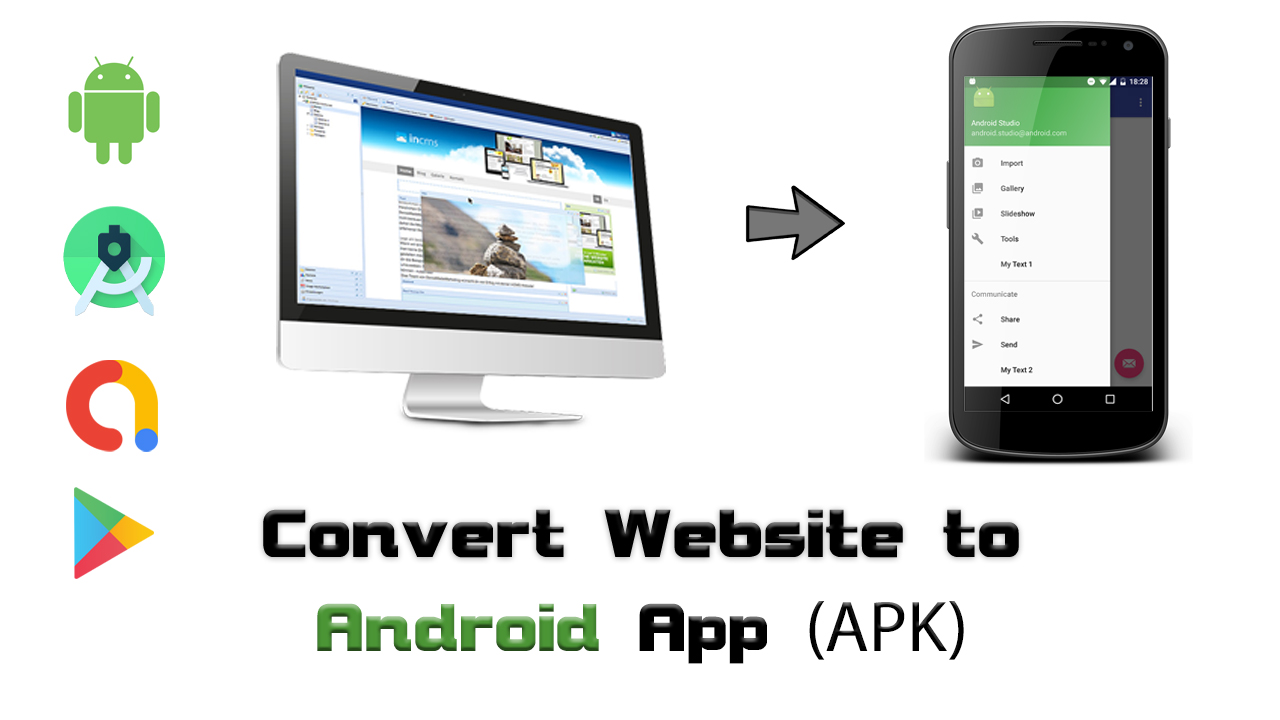
Whenever you are ready, you can explore the new features and APIs in Android 10Īnd enhance your app with new experiences. Review the key privacy changes and understand Identify possible impact areas and debug any issues more quickly.Īndroid 10 includes extensive changes for privacy, so make sure you also Your app, even if you haven't changed your targetSdkVersion. Make sure to familiarize yourself with the known behavior changes that can Testing you perform when preparing to release your app. To give your users a smooth transition to Android 10, we recommend publishing aĬompatible version of your app as early as possible - ideally beforeĭevices begin receiving Android 10 updates.Ĭompatibility testing entails the same type of Publish the compatible version of your app, we recommend notifying users of It’s important to test the functionality of your existing app through all flows,īecause some platform changes can affect the way your app behaves. Your compileSdkVersion to support compatibility. In many cases you should not need to change yourĪpp's targetSdkVersion or use new APIs, although you can optionally change Impacts when your app is running on Android 10, then address them and publishĪn updated version to users. The goal of this phase is to identify any functionality regressions or other


Prepared a hardware device or emulator) to run and The sections below highlight what you'll need to do in each of these phases. Set up your development environment, change your app's targetSdkVersion, Next, explore the new features and APIs in Android 10. Build with Android 10 features and APIs.To verify that it's fully functional, then publish the compatible version of Who are updating or purchasing new devices running Android 10.

Then migrating your apps in these two phases:Īs soon as possible, make sure your existing published app is ready for users Welcome! Android 10 has many new APIs for building new experiences,Īs well as updated system behaviors that canĪffect your app when it's running on Android 10 devices.


 0 kommentar(er)
0 kommentar(er)
